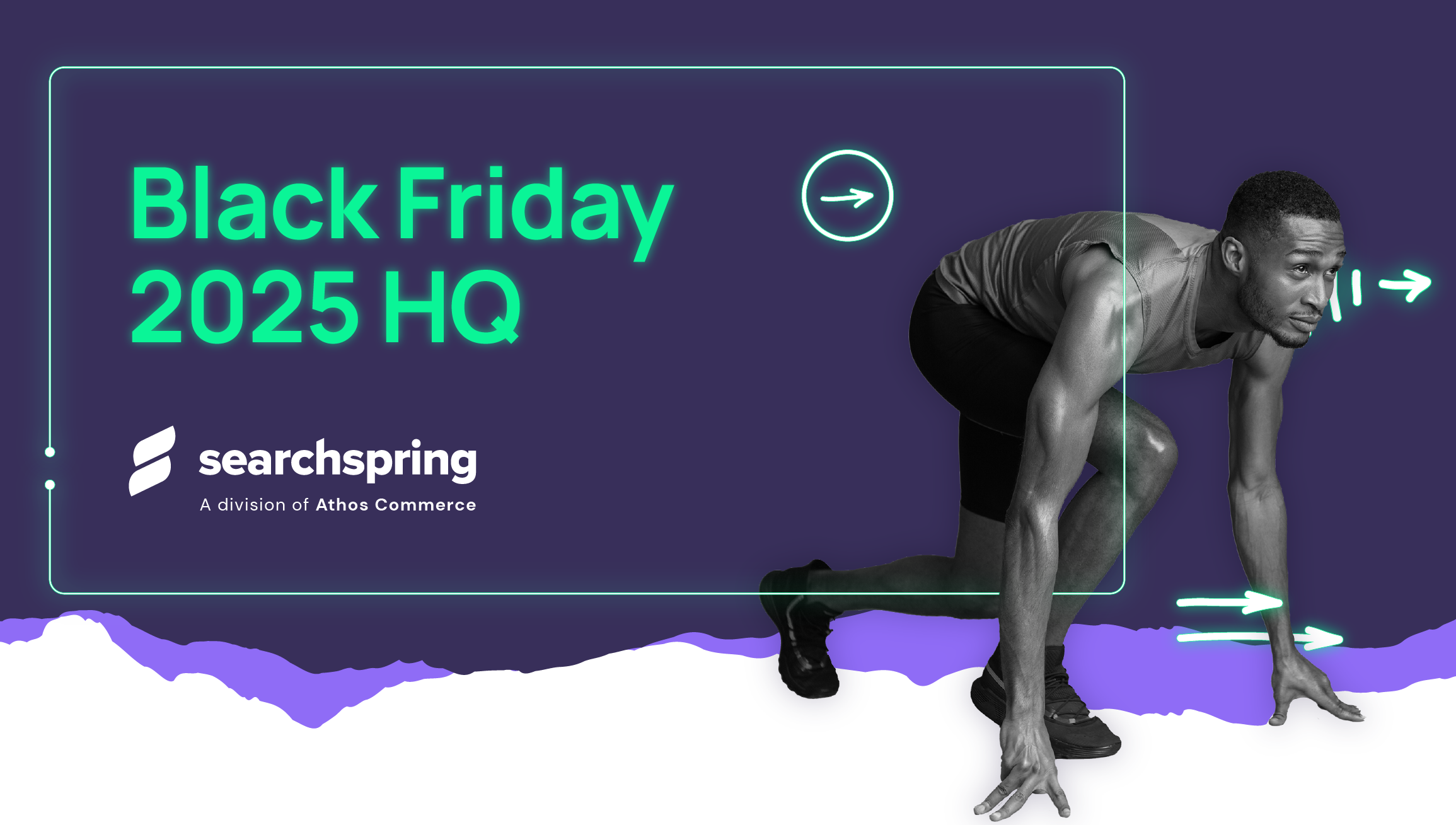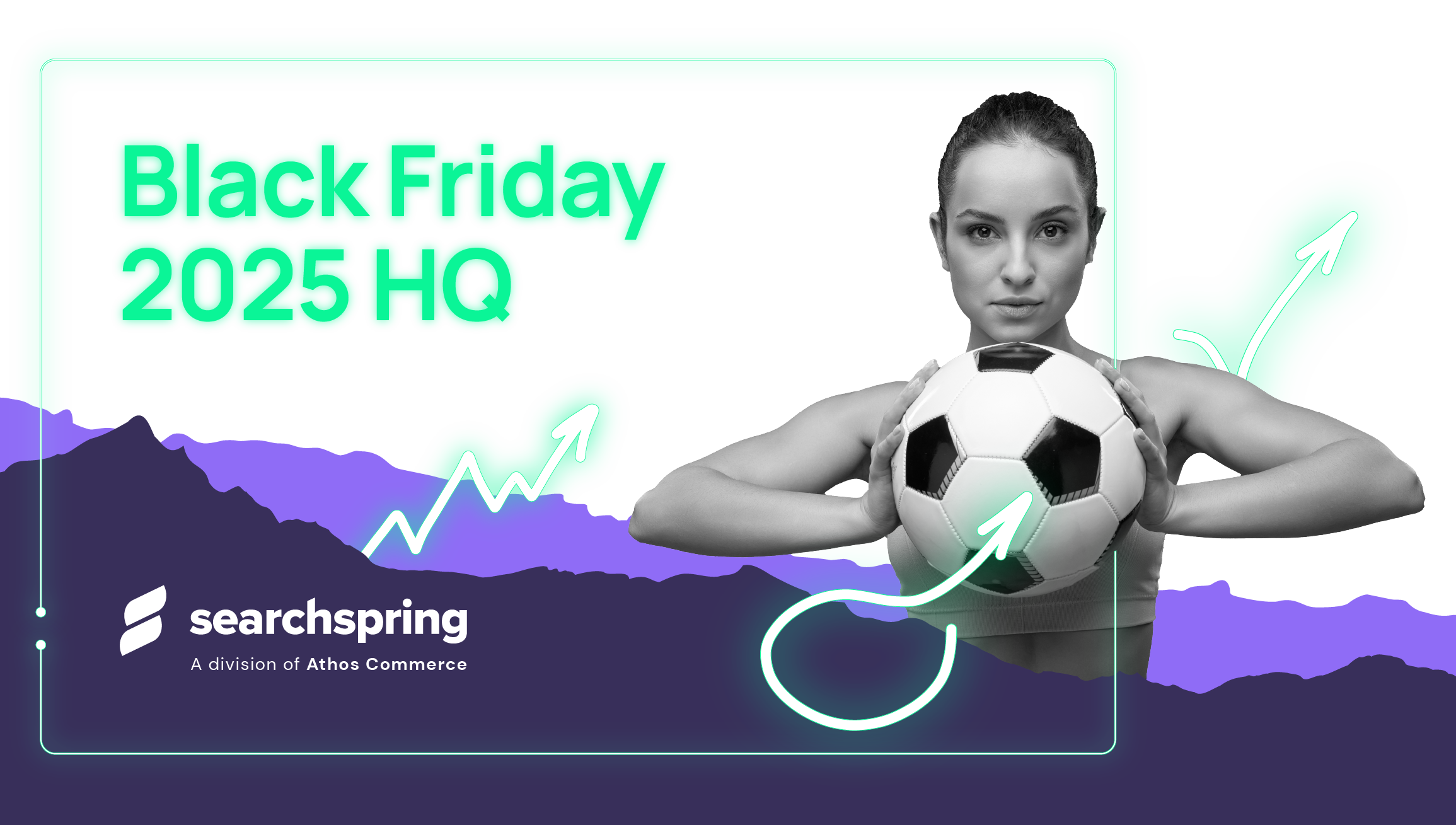On April 26th, at 12 pm EST/9 am PST, we hosted a 1-hour live webinar with an expert panel from Shopware, Gorgias, ROI Revolution, and Searchspring to discuss scaling your Ecommerce business by using your site to drive 4x revenue.
Your site is the foundation of your business and a key factor in scaling your company. As your business grows, your website is responsible for handling increased traffic, managing orders and inventory, and providing a seamless shopping experience for your customers. When scaling, it’s important to identify growth opportunities and potential issues that could arise.
During the Scaling Your Ecommerce Business webinar, our panelists cover a range of topics that are essential for scaling your Ecommerce business, including:
- Ensuring Accurate Inventory Data
- Collecting and Properly Displaying Customer Reviews
- Optimizing Your Product Pages and Descriptions
- Auditing the Performance of Your Site Consistently
Get ready to unlock your site’s full potential with these insights. Watch the webinar!




